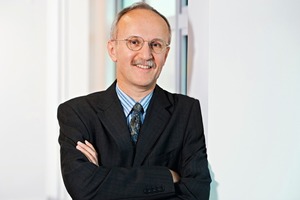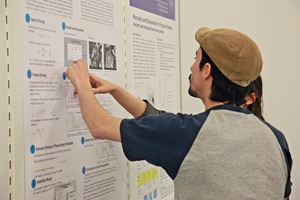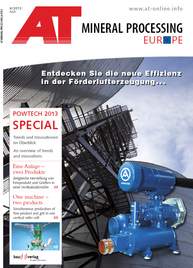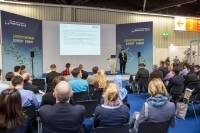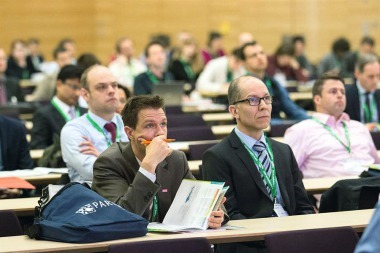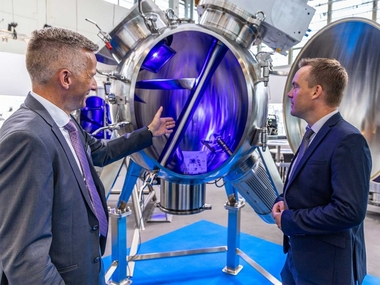Fascinating particle technology
Small sizes will get big importance from April 23 to 25, 2013 at the exhibition center Nuremberg. PARTEC 2013, one of the largest international congresses devoted to all aspects of particle technology, will run in parallel with POWTECH, the world’s leading exhibition of mechanical processing technologies, and TechnoPharm, the international trade fair for life-science process technologies. Around 500 particle specialists are expected at the triennial event. About 180 papers and 190 posters from industry, science and research will discuss the development of revolutionary materials for the chemical, pharmaceutical, food or building material industry.
In the run-up to PARTEC, Chairman Prof. Jonathan P. K. Seville (Fig. 1) from the University of Surrey/U.K., talks about the beauty of particle technology and PARTEC highlights.
AT International: How is particle technology likely to alter the way people live?
Prof. Seville: Very many of the products which we encounter in our daily lives are either sold in particulate form – pharmaceuticals, detergents, foodstuffs, building materials – or involve particles in their manufacture – as catalysts, for example, or as components in electronics and sensors. In addition, we encounter particles all the time in our natural or man-made environment – as aerosols in the air we breathe and as soils in the earth we farm and build on.
AT International: In what relationship do particle science and nano science stand?
Prof. Seville: The particle technolog and the molecular scientist are both fascinated with the same thing: that interesting size range between large molecules and small particles - the “nanoscale” where strange properties emerge. Of course, chemists and engineers are looking at this range from different directions and are bound to argue about what they see. But that tension is productive and leads to new approaches and new products.
AT International: What is the importance of PARTEC congress for science and industry?
Prof. Seville: PARTEC attracts a very wide mix of attendees, from both academia and industry, all meeting together in the same place and surrounded by the vast exhibition of particles-related equipment which reminds the academics what a big and important business this is! Traditionally the conference has included plentiful breaks & poster sessions (Fig. 2) to enable the participants to interact and it is quite the best conference I know for meeting people. Young researchers are particularly welcome and are usually there in large numbers, making it a lively place to be.
AT International: What are the highlights of this year‘s PARTEC program?
Prof. Seville: One of the beauties of particle technology is the variety of areas it touches, so we have sessions on making particles by many different routes, on measuring the properties of particles, on the physics of interaction between one particle and another, on interactions of particles with fluids, on flow of particles, on agglomeration and comminution of particles and on making and testing products. All these and more continue to be very active areas for research in both academia and industry. At PARTEC, we are particularly interested in showing how fundamental work can lead to real industrial impact and product innovation: there are several sessions devoted to examples of this.
AT International: You have taken over the chairmanship for PARTEC from Prof. Wolfgang Peukert. Have you planned any changes for the PARTEC under your chair?
Prof. Seville: I was delighted to be asked if I would chair this year’s PARTEC. The basic format is one that really works, and we’ve not changed that. It is more international in scope, reflecting the global nature of both research and business. Above all, of course, it will be as good fun and as informative as ever!

